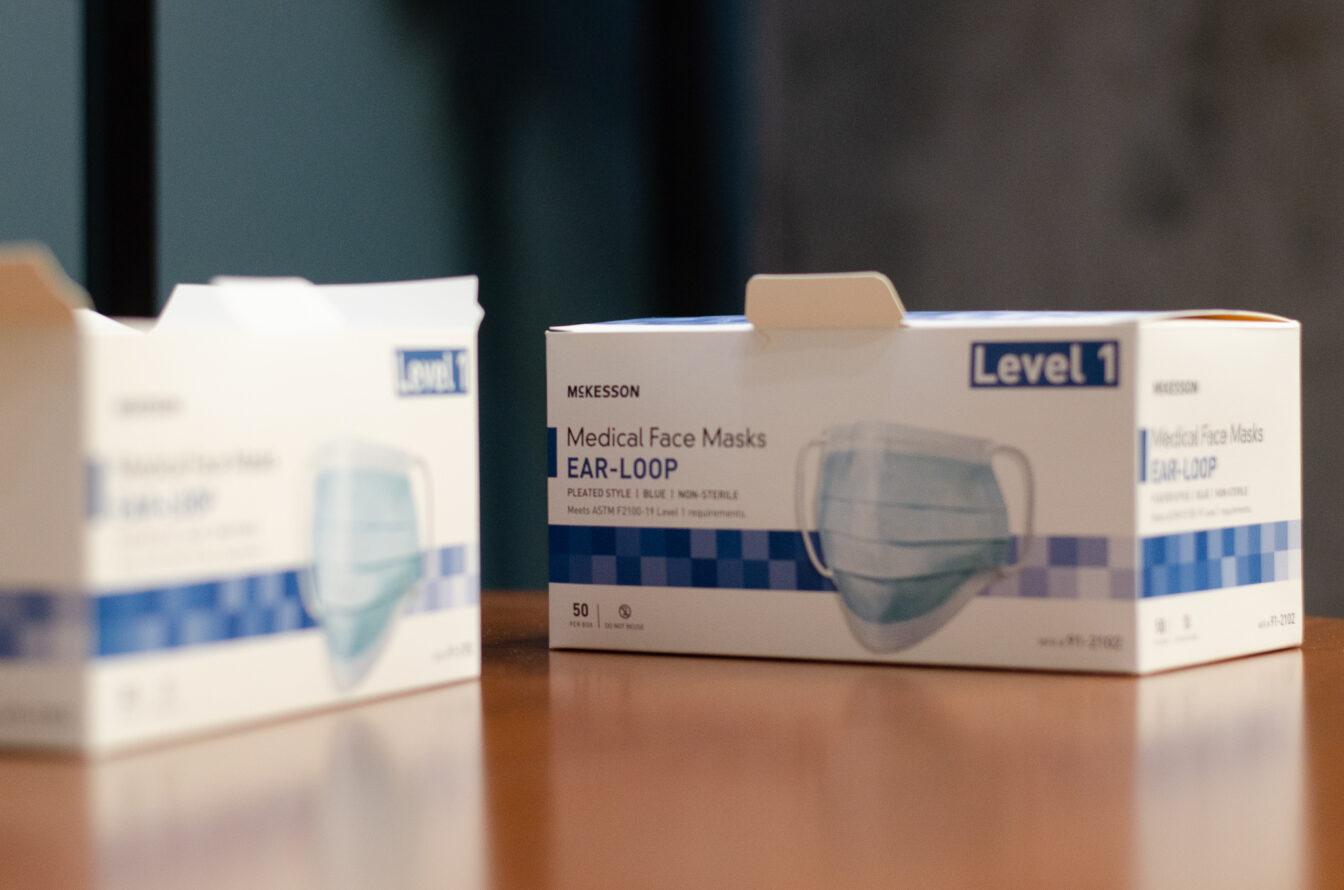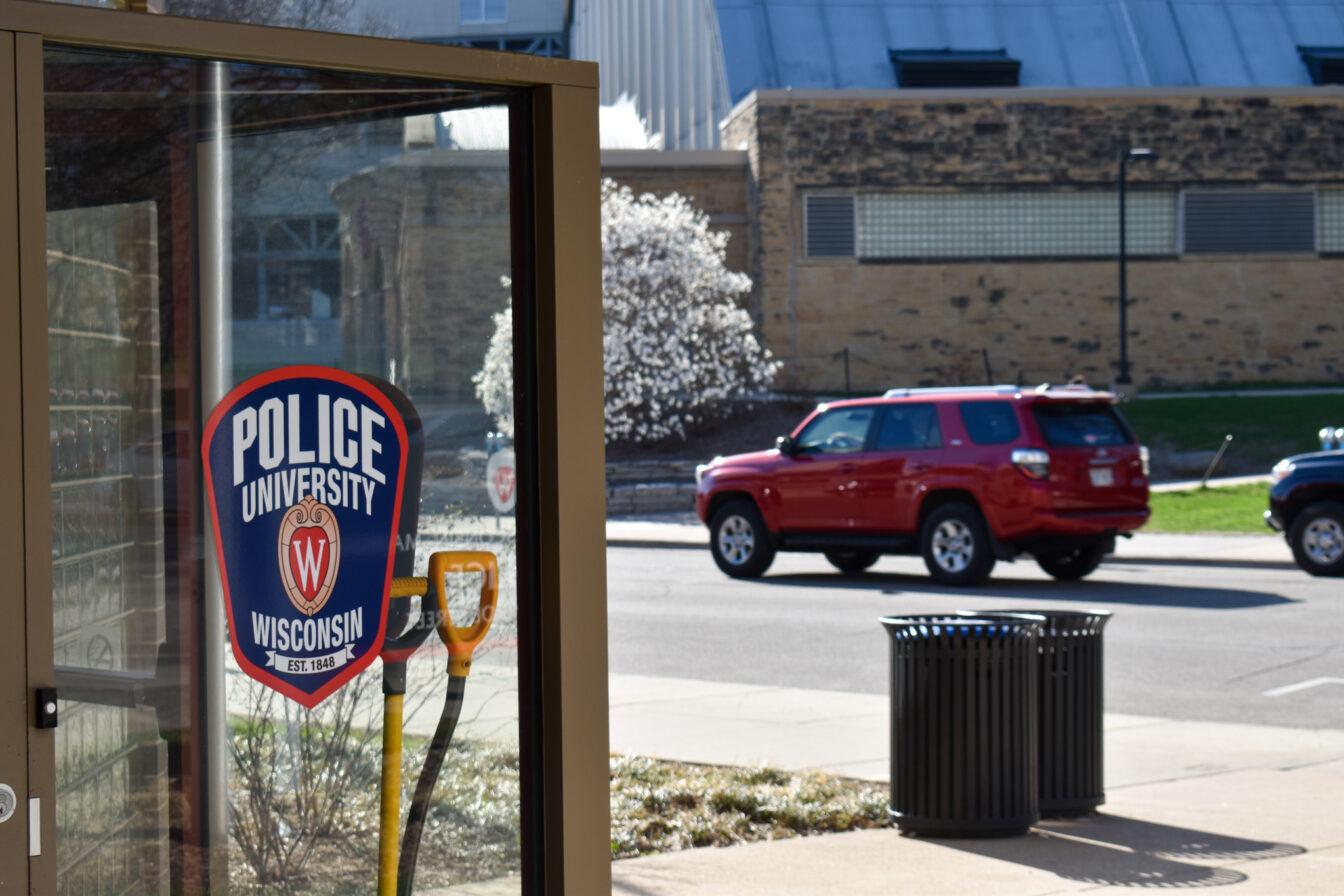New research completed at the University of Wisconsin could allow drivers to charge their phone just by setting it down in the car seat.
The technology developed at UW allows electronic devices to charge by absorbing mechanical energy from vibrations that come from a moving car. Xudong Wang, professor of materials science and engineering, is working on the developments as part of a multi-university team that includes researchers from the United States and China.
Wang said the idea first came to him when he encountered the problem of trying to travel over longer distances and running out of battery power on his phone while using it for GPS. He said GPS uses a lot of energy and while driving, it can be impossible to charge a phone.
Wang said he wanted to both extend the lifespan of his cell phone and also keep a sleek design, rather than extending it with a large bulky battery.
Wang said a porous polymer film is used to absorb the mechanical energy from the vibrations. The film could then be put either on the back of an electronic device or be on the back of it to charge it, he said.
Wang said the technology works similarly to when a person jumps on a mattress. He said the bed springs are like the film that absorbs the energy of movement, and a person jumping would be like the phone that then receives the energy and gets charged through the vibrations.
“I am excited for the technology, I think it can have a lot of potential in its field and has adaptability for different technologies,” Wang said.
UW Ph.D. student Yanchao Mao also worked on developing the technology and said it has been developed with the idea of a “self-charging case” in mind.
Mao said one of his professors approached him with a plastic iPhone case and said they should try to prepare a polymer film to convert mechanical energy to electricity and then use the technology to charge cellphones.
Mao said the key material is a PVDF polymer that is etched by nano-particles to create pores in the material. The porous characteristics as well as its sensitivity to vibrations make it the perfect substance to work as a sponge to absorb the movements, he said.
Mao said they developed their technology by ordering plastic cases online and attaching the polymer film technology to try to develop the self-charging case. He said it makes sense to try to use the energy from driving to charge other technology because many people today are frequently using both throughout the day.
“We all drive a car or use a computer in daily life,” Mao said.
The technology can be applied to not only cellphones, but other devices as well, Mao said. Watches and computers are examples of other technology that can be charged using this technology, he said.
Mao said he has high hopes for the future of the technology and he hopes that it can eventually be used to charge more powerful electronics and become more widely adapted.












